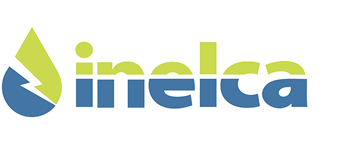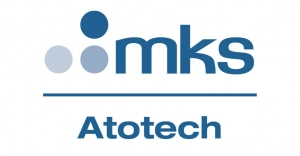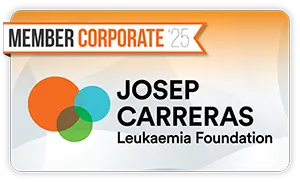Keys to selecting a good coating applicator
Article courtesy of Atotech (www.atotech.com)
Authors:
Steve Kocka: General Manager General Metal Finishing North America at Atotech USA LLC
Markus Ahr: Global Product Manager Corrosion Protection Coatings, Atotech
Selecting the right electroplating applicator can be as challenging as producing the part. These are the key considerations to ensure a quality finish and reasonable delivery.
As the industrial world continues to evolve, the need for metal surface coatings also changes. The challenges posed by the end owner of a given part become more complex. There are several points to consider when choosing the appropriate finish applicator.
Just as there are different levels of quality among metal fabrication and metalworking facilities, there are also many different levels among applicators in the coating world. Choosing the right coater is an important step that is often overlooked in the final stage of manufacturing. To get the job done right, there are a few basic points to consider:
- Logistics: Logistics can play an important role. In some cases, the location of the finishing supplier is critical as transportation influences the final cost of the finished part. Some applicators have their own fleet of trucks.
- Organic versus inorganic: Requiring organic finishes (paint) or inorganic finishes can have an impact on the choice of the most suitable applicator for the job. The selection of a coater that meets the quality requirements as well as the final OEM specification is an important consideration. The size of the parts to be processed can also be a limiting factor. Does the part fit in the paint booth / tank / cataphoresis tank…? Some OEMs specify very specific process chemistry, and not all applicators will have those finishes or chemistries. Thoroughly examine the capabilities of the coater before committing to the job.
- Coatings: These days, a single layer of coating is often not enough to meet the end user’s decorative or corrosion criteria. This is where things get more complicated. Finding an applicator that can provide both organic and inorganic finishes is a key element in this area. As an example, the finish can be an electrolytic zinc or zinc/nickel coating, followed by a RoHs-compliant trivalent passivate, an inorganic finish such as cataphoresis, powder coating, wet painting, adhesives (rubber bonding) or zinc flakes, all of these possible combinations of coatings offer completely different aspects and properties to what a single layer coating can offer. Working with an applicator whose chemical supplier has all the necessary finishes will prevent us from being held responsible if coating problems arise.
- Thickness: The final coating thickness specification is also a critical element when choosing an applicator. To apply dip/spin zinc flake coatings, appropriate equipment is needed to minimise build-up on the head or thread (for fasteners) or to avoid blocking threaded blind holes. Not all applicators have such application equipment available.
- Quality: Does the applicator have a quality system? Accreditations such as CQI (GM) or DIN EN ISO 9001, IATF 16949, etc. can provide the necessary level of quality. Not all applicators have advanced quality systems in place.
- Part assembly: If a part is to be assembled with another part from a different origin or process, decorative concerns such as “colour matching” or functional concerns such as “galvanic corrosion concerns” may arise. A typical example in the automotive industry is assembling aluminium structures using coated steel screws.
- Testing: The applicator should have access to a technical centre where he/she can apply and compare various types of coatings for evaluation, as well as be able to perform the required corrosion and coefficient of friction tests.
- Equipment: does the applicator have all the necessary equipment or will he need to incorporate new special equipment? Some applicators make their own accessories, which can optimise production times and add value to the supply chain by completing more steps in one place.
- Coating supplier: In some cases, the company that supplies the chemistry and materials for the coating to the applicator may have significant resources at its disposal:
- In-house technical centres with the capacity to process large parts, thus being able to provide real production samples with a variety of coating processes.
- Analytical and metallurgical laboratories that can examine surface conditions as well as analyse processes, assisting in both defining a process and identifying the causes of potential defects.
- Multiple coating capabilities, which can offer the OEM or Tier the opportunity to explore all types of coatings or, in some cases, coatings that combine organic and inorganic materials.
- A catalogue of already proven single and multiple coating finishes, with their known properties, which will provide preview results and assist in faster design of the final finish.
- Global services, which allow “copy-paste” of the desired finishing systems already being applied in other parts of the world, thus obtaining uniform results in the supply chain.
- Global audit programme, which guarantees a standardised quality system for the coating industry, which will be well received by Tiers and OEMs.
- Customised training courses on the possibilities and limitations of coating systems for OEMs and TIERs to develop the ability to distinguish and evaluate different levels of quality.
When faced with the challenge of defining a coating type as well as a network of applicators that meets the needs of the production process, involving the coating chemistry manufacturer in the process can often shorten the market entry cycle.







Leave a Reply
Want to join the discussion?Feel free to contribute!